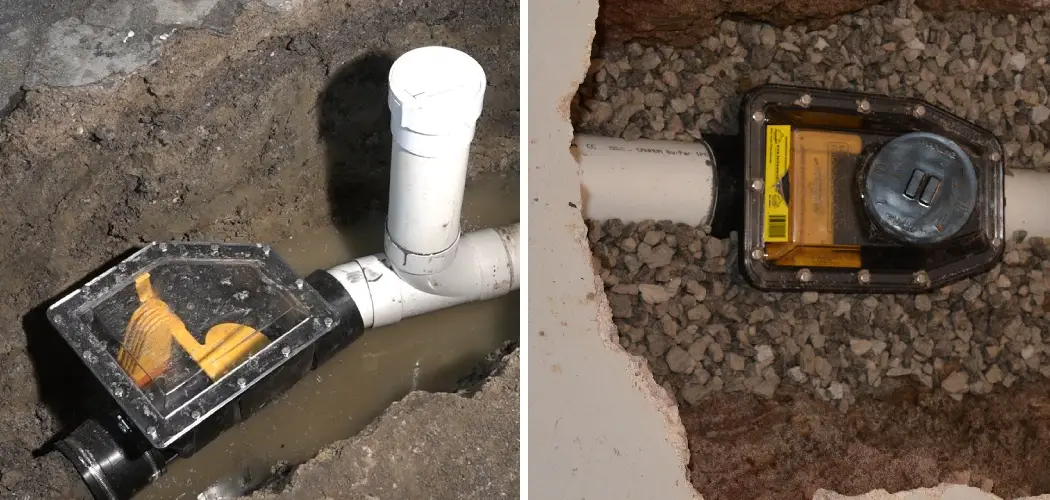Sewer backups can be a homeowner’s worst nightmare. Not only do they pose a health hazard, but they can also cause costly damage to your property. Prevention is key when it comes to sewer backups, and knowing how to prevent them can save you from dealing with the headache of a backup in the future.
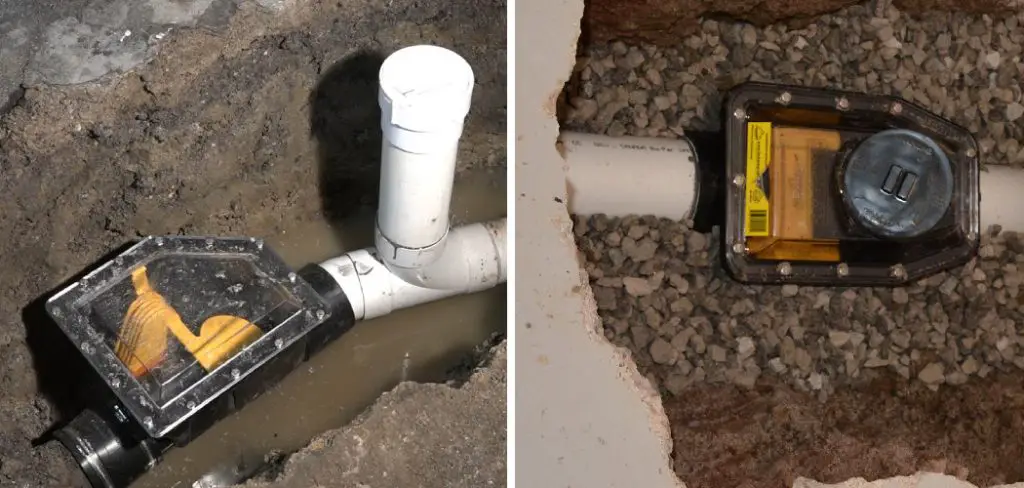
The main advantage of preventing sewer backup is the protection it provides for your home and health. Sewer backups can cause extensive damage to your home, leading to costly repairs and unpleasant odors. Additionally, a sewer backup can be a health hazard as it may contain harmful bacteria from human waste. In this blog post, You will learn in detail how to prevent sewer backup.
Step by Step Processes for How to Prevent Sewer Backup
Step 1: Inspect and Clean Out Your Sewer Line
Regular inspection and cleaning of your sewer line is the most effective way to prevent backups. Call a professional plumber to inspect your sewer lines at least once per year, or more frequently if you notice any issues. Additionally, clean out the drains in your home regularly to remove debris that can cause clogs.
Step 2: Properly Dispose of Waste
Avoid flushing anything besides toilet paper and human waste down your toilet. Items such as feminine hygiene products, wipes, and grease should never be flushed as they can cause clogs in your sewer line.
A backwater valve is a one-way gate that prevents water from flowing back into your home. This valve should be installed on the main sewage line and will automatically close if there is a backup, preventing sewage from entering your home.
Step 3: Install a Sump Pump
If you have a basement or are in an area prone to flooding, consider installing a sump pump. This device helps remove excess water from your home and can prevent backups during heavy rains. Tree roots are a common cause of sewer backups as they can grow into and clog the pipes. Consider installing tree root barriers to prevent this issue.
Step 4: Properly Dispose of Grease
Never pour grease down your drains, as it can solidify and cause clogs in your sewer line. Instead, let it cool and dispose of it in the trash. Prevent debris from entering your drains by using strainers in sinks, tubs, and showers. Empty them regularly to prevent clogs.
Step 5: Avoid Planting Trees Near Sewer Lines

If you are planning on planting trees or shrubs near your home, make sure they are at least 10 feet away from sewer lines to prevent root intrusion. Make sure everyone in your household is aware of what can and cannot be flushed down the toilet or poured down drains. This will help prevent accidental clogs.
Step 6: Have a Backup Plan
Despite taking preventive measures, backups can still occur. Have a plan in place for what to do in case of a backup, such as knowing the location of your main shut off valve and having contact information for a plumber on hand.
By following these steps, you can significantly reduce the risk of a sewer backup in your home. Remember that prevention is key, and regular maintenance and awareness can save you from costly repairs and health hazards.
Precautions for How to Prevent Sewer Backup
- Make sure to keep the area around your sewer lines clear of debris and overgrown plants.
- Never flush anything down the toilet besides toilet paper. This includes sanitary products, wipes, and grease/oil from cooking.
- If you live in an area prone to heavy rain or flooding, consider installing a backflow prevention device on your main sewer line.
- Regularly inspect and maintain your sewer line to prevent clogs or blockages from occurring. This can be done by a professional plumber.
- Dispose of cooking grease and oil properly by allowing it to cool and then throwing it in the trash, not down the drain.
- If you notice any signs of a sewer backup such as slow draining sinks or toilets, sewage odors, or gurgling sounds, contact a professional plumber immediately.
- Educate yourself and your family on what can and cannot be flushed down the toilet to prevent clogs and backups.
Sewer backups are not only disruptive but also pose serious health hazards. They can cause damage to your property and contaminate your water supply with harmful bacteria. By following these precautions, you can prevent sewer backups and protect the health and well-being of your family.
What Are the Main Causes of Sewer Backup?
Sewer backup is the unfortunate situation of having wastewater or sewage flow back into your home through drains, toilets, or sinks. It can cause significant damage to your property, not to mention the unpleasant odors and health hazards that come with it.
To prevent sewer backup from happening in the first place, it’s essential to understand the main causes. By knowing what can lead to sewer backup, you can take the appropriate measures to prevent it and keep your home safe and clean. Here are some common causes of sewer backup:
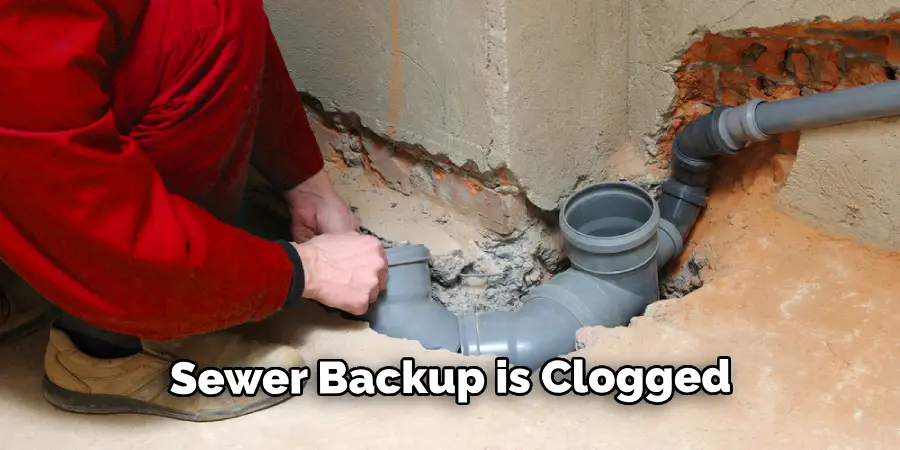
- Clogged or damaged pipes – One of the leading causes of sewer backup is clogged or damaged pipes. Over time, debris, grease, hair, and other substances can accumulate in your plumbing system, causing blockages. Additionally, roots from trees and shrubs can grow into your pipes, causing cracks and blockages.
- Heavy rain or flooding – Excessive rainfall can put a strain on the sewer system, causing it to overflow and back up into homes. This is especially common in older cities with combined sewer systems that handle both wastewater and stormwater.
- Combined sewer systems – As mentioned earlier, some cities have combined sewer systems where both wastewater and stormwater flow through the same pipes. During heavy rain or flooding, the volume of water can exceed the system’s capacity, leading to backups.
- Structural defects – Any structural defects in your plumbing system, such as sagging pipes or misaligned connections, can cause sewer backup.
- Improper disposal of items – Flushing items down the toilet that shouldn’t be, such as paper towels, wipes, sanitary products, or cooking grease, can cause clogs and backups in your sewer system.
How Can You Prevent Sewer Backup?
Now that you know what can cause sewer backup, here are some preventive measures you can take to avoid it:
- Properly maintain your plumbing system – Regularly inspect and maintain your plumbing system to keep it in good condition. This includes cleaning out your drains, repairing any leaks or damages, and removing tree roots near your pipes.
- Install a backwater valve – A backwater valve is a one-way valve that allows water to flow out of the house but prevents it from coming back in. This device can be installed in your basement floor drain and can help prevent sewer backup.
- Keep storm drains clear – If you live in an area prone to heavy rain or flooding, it’s essential to keep the storm drains near your home free of debris to prevent backups.
- Avoid flushing non-biodegradable items – As mentioned before, avoid flushing items down the toilet that shouldn’t be, as they can cause clogs and backups in your sewer system.
- Monitor your water usage – During heavy rain or flooding, it’s important to monitor your water usage and avoid using large amounts of water at once. This can help prevent the sewer system from becoming overwhelmed and causing backups.
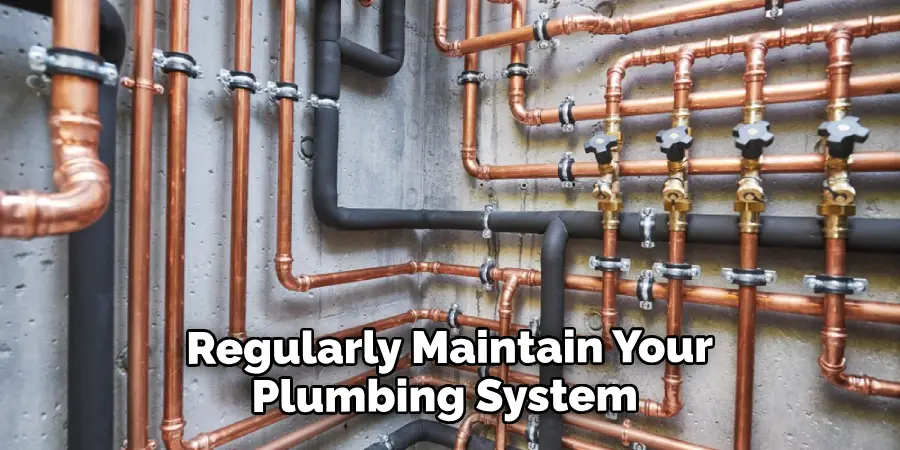
By understanding the causes of sewer backup and taking these preventive measures, you can significantly reduce the risk of it happening in your home. Remember to regularly maintain your plumbing system and be mindful of what you’re flushing down your drains to keep your home safe and free from sewer backups.
Why is It Important to Maintain and Regularly Inspect the Plumbing System?
Your plumbing system is responsible for safely disposing of wastewater and maintaining the hygiene and cleanliness of your home. Neglecting its maintenance can lead to various issues, including sewer backup. By regularly inspecting and maintaining your plumbing system, you can catch any potential problems before they escalate into something more severe.
It’s also crucial to hire a professional plumber if you suspect any damage or blockages in your plumbing system. They have the necessary skills and equipment to handle any issues and keep your system running smoothly. Remember, prevention is always better than cure when it comes to sewer backup. So make sure to take good care of your plumbing system to prevent backups and avoid costly repairs down the line.
What Are Some Common Mistakes That Homeowners Make That May Lead to Sewer Backup Emergencies?
Sewer backup emergencies can be a nightmare for homeowners, causing extensive damage and expensive repairs. However, many homeowners may not be aware of the common mistakes that they make that can lead to this unfortunate situation. In this section, we will discuss some of these mistakes and how you can avoid them to prevent sewer backup.
1. Neglecting Regular Maintenance
One of the most common mistakes that homeowners make is neglecting regular maintenance of their sewer system. Over time, debris, grease, and other materials can build up in the pipes and cause blockages. This can lead to sewer backup emergencies. To prevent this from happening, it is important to have your sewer system inspected and maintained regularly by a professional.
2. Flushing Inappropriate Items
Another mistake that homeowners often make is flushing inappropriate items down the toilet or sink. This includes things like baby wipes, feminine hygiene products, and even paper towels. These items do not break down easily and can clog up your pipes, leading to sewer backup. It is important to educate everyone in your household about what can and cannot be flushed down the toilet.
3. Planting Trees and Shrubs Near Sewer Lines
Planting trees and shrubs near sewer lines may seem harmless, but their roots can actually cause damage to the pipes. As the roots grow, they can infiltrate the pipes and create blockages or even break them. It is important to keep an eye on any trees or shrubs near your sewer lines and have them trimmed regularly to prevent any potential damage.
4. Installing Storm Drains Incorrectly
If you have a storm drain connected to your sewer system, it is important to make sure that it is installed correctly. If the connection is not sealed properly, water from heavy rainstorms can enter your sewer line and cause backups. It is important to have a professional inspect and repair any faulty storm drain connections to prevent this from happening.
5. Not Addressing Warning Signs
Finally, one of the biggest mistakes that homeowners make is not addressing warning signs of a potential sewer backup. These can include gurgling noises in your pipes, slow draining sinks or toilets, and foul odors coming from your drains. If you notice any of these signs, it is important to take action immediately and have a professional inspect your sewer system before it turns into an emergency.
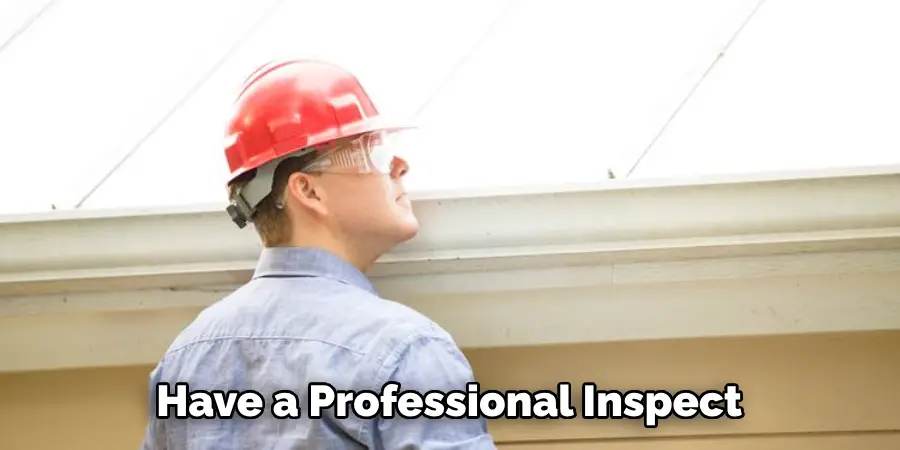
In conclusion, sewer backup emergencies can be prevented by avoiding these common mistakes. Regular maintenance, proper flushing habits, and being aware of warning signs can all help keep your sewer system functioning properly.
Conclusion
In conclusion, prevention is the best solution when it comes to avoiding sewer backups. As household drains and pipes tend to get clogged easily, it’s essential to be mindful of what goes down your drains.
By following a few simple steps, you can prevent the headache of dealing with a backed-up sewer. One way to prevent sewer backup is by being cautious about what you flush down the toilet. Items such as paper towels, sanitary products, and wet wipes should never be flushed down the toilet as they can clog your sewer lines. Instead, dispose of these items in a trash can.
Another way to prevent sewer backups is by maintaining your pipes and drains regularly. This includes cleaning out hair from tubs and showers, using drain guards to prevent food particles from going down the kitchen sink, and using a snake or plunger to get rid of any clogs. I hope reading this post has helped you learn how to prevent sewer backup. Make sure the safety precautions are carried out in the order listed.

